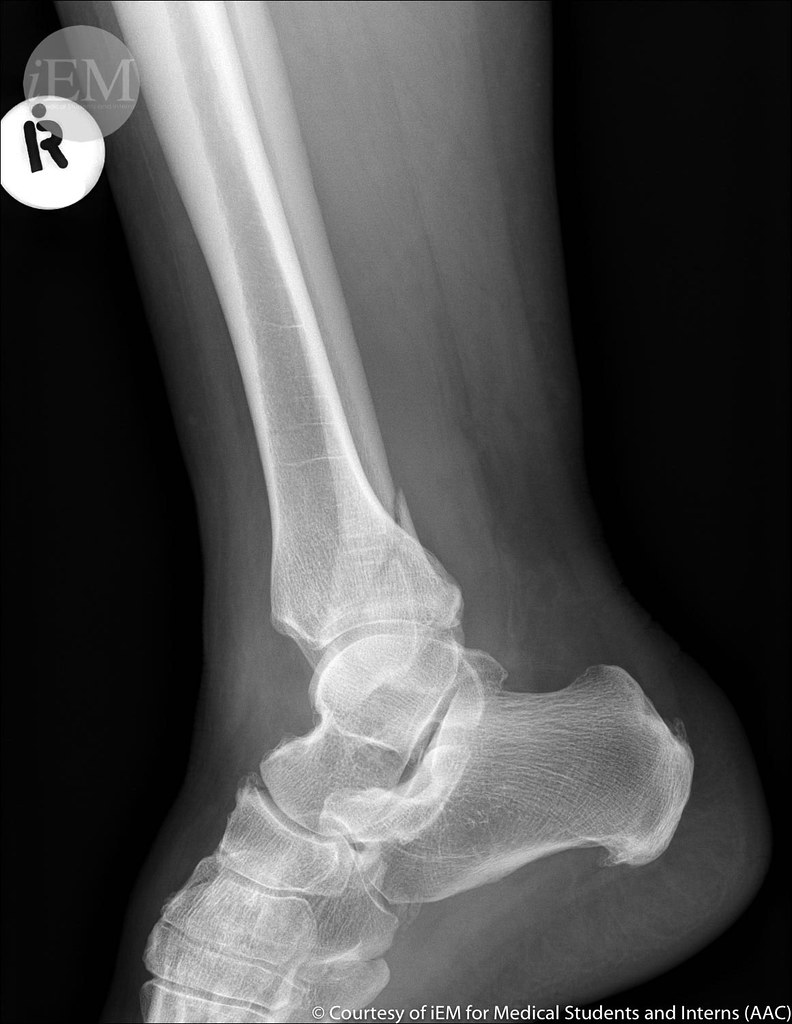A fibula stress fracture is a frequent injury among athletes and active individuals in Edmonton and Sherwood Park who engage in high-impact sports or activities. This injury can disrupt your fitness routine and daily life, but with the right knowledge and approach, you can ensure a smoother recovery. In this article, we’ll delve into the causes, symptoms, diagnosis, and recovery process for fibula stress fractures, providing actionable insights tailored to your active lifestyle.
What is a Fibula Stress Fracture?
The fibula is a slender bone located on the outer side of your lower leg, running parallel to the tibia. While it plays a secondary role in bearing weight, it’s crucial for ankle stability. Fibula stress fractures occur due to repetitive strain or sudden increases in physical activity, resulting in tiny cracks in the bone. Common causes include:
- Overtraining without adequate rest.
- Using improper or worn-out footwear.
- Sudden changes in workout intensity or surface.
Learn more about bone health and stress fractures from OrthoInfo by the American Academy of Orthopaedic Surgeons.

Signs and Symptoms of a Fibula Stress Fracture
Early detection of a stress fracture in the fibula is essential for effective treatment. Key symptoms include:
- Gradual, localized pain on the outer side of the lower leg.
- Swelling or tenderness in the affected area.
- Increased discomfort during physical activity, easing with rest.
- Difficulty bearing weight or walking without pain.
If you notice these symptoms, it’s crucial to stop high-impact activities and consult a healthcare professional.
Diagnosis and Imaging Techniques
Diagnosing a fibula stress fracture involves a combination of clinical examination and imaging tests. Here’s what to expect:
- Physical Examination: Your doctor will assess for tenderness, swelling, and pain in the lower leg.
- Imaging Tests:
- X-rays may initially miss minor fractures.
- MRI or CT scans provide detailed images, confirming the extent of the fracture.
Effective Treatment Options
Recovery from a fibula stress fracture requires patience and adherence to a well-structured plan. Common treatments include:
1. Rest and Immobilization
- Use crutches or a walking boot to keep weight off the injured leg.
- Avoid high-impact activities during the healing phase.
2. Pain Management
- Apply ice packs to reduce swelling.
- Over-the-counter pain relievers can help manage discomfort.
3. Physical Therapy
- After initial healing, physical therapy aids in restoring strength and mobility.
- Exercises targeting ankle stability and leg muscles reduce the risk of re-injury.
4. Surgical Intervention
- Rarely required, but in severe cases, surgery may involve placing screws or plates to stabilize the bone.

Fibula Stress Fracture Recovery Time
The fibula stress fracture recovery time varies depending on the severity of the injury and individual factors like overall health. Most people heal within 6-8 weeks, but full recovery may take longer for severe fractures. Gradual reintroduction of physical activity under professional guidance is essential to avoid setbacks.
Consider therapies such as therapeutic massage or shockwave therapy to aid recovery and manage lingering pain.
Preventing Fibula Stress Fractures
Preventative measures are key to avoiding future injuries. Here are some tips:
- Gradual Progression: Increase workout intensity slowly.
- Footwear Check: Ensure your shoes provide proper support and cushioning.
- Cross-Training: Alternate between low-impact and high-impact activities.
- Strength Training: Build leg and ankle strength to reduce strain on the fibula.
- Recovery Days: Incorporate rest days to allow the body to repair and adapt.
For additional support, visit our Sherwood Park massage clinic for recovery-focused treatments.
Path to Full Recovery
Recovering from a fibula stress fracture involves a blend of rest, professional care, and mindful activity resumption. With proper diagnosis and treatment, you can return to your active lifestyle stronger and more resilient. Remember, listening to your body and respecting its limits are essential steps in long-term injury prevention.




